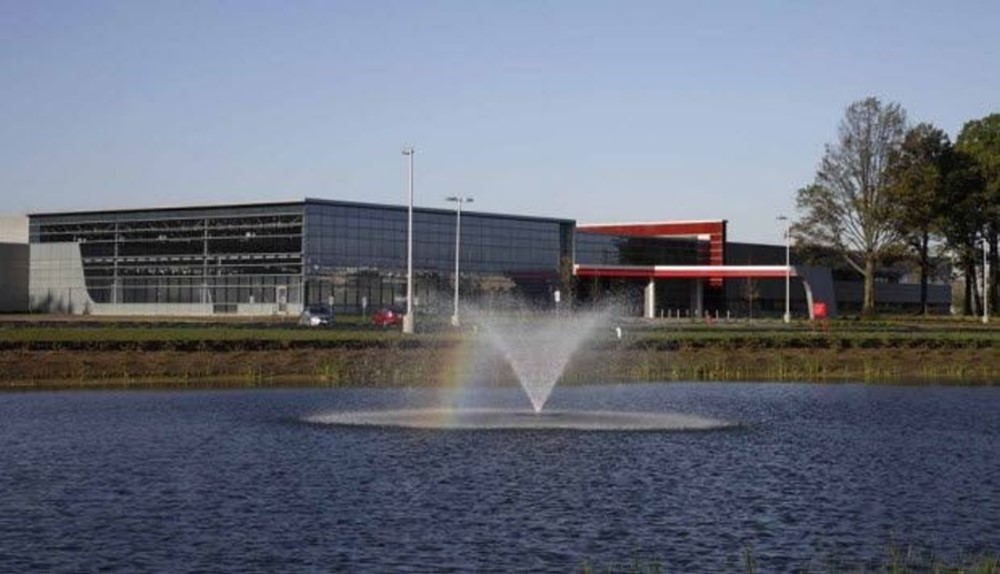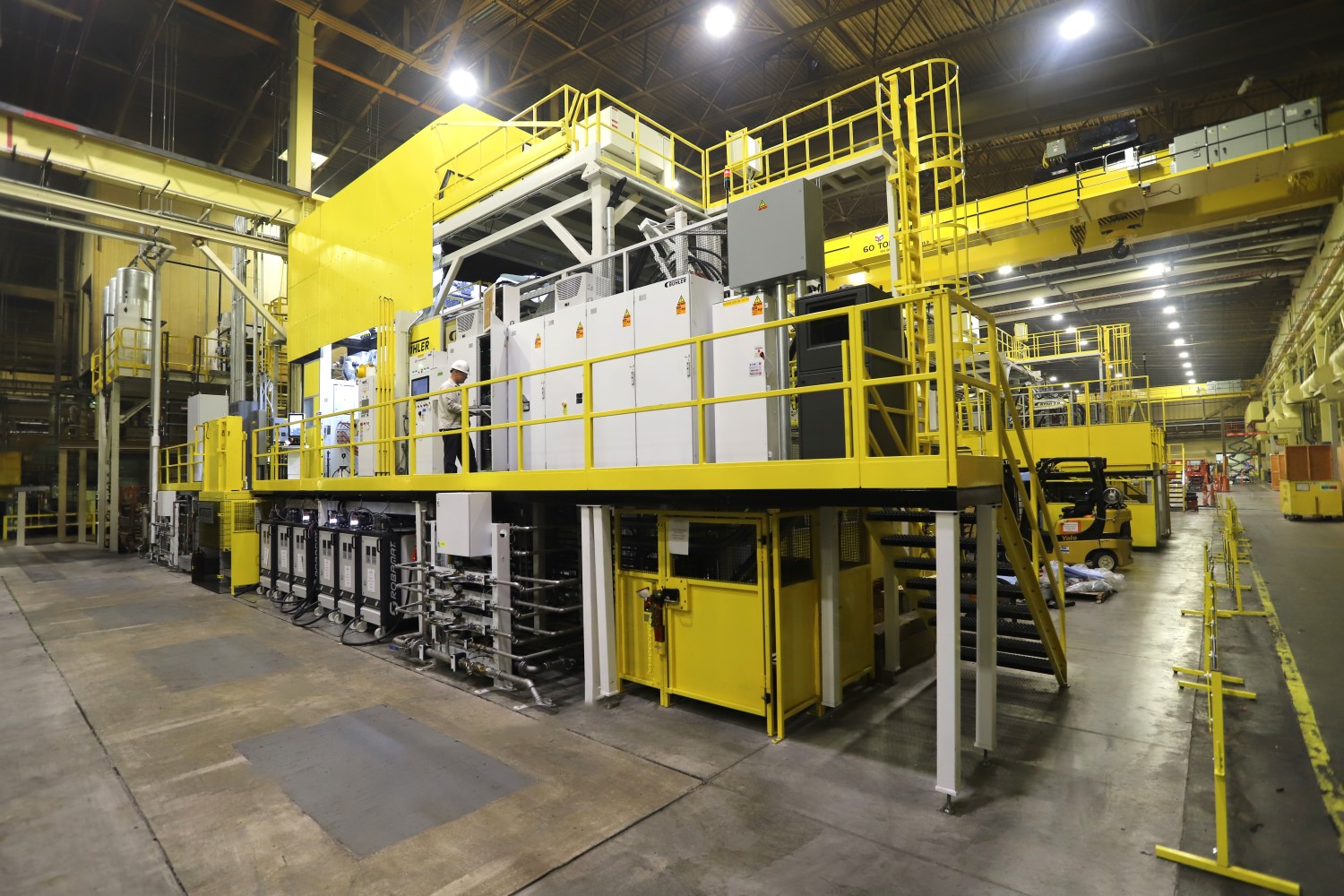Automotive: Honda latest to cut back money-losing EV production
Faced with lower than expected money-losing EV sales, Honda’s EV Hub in Ohio, will now produce* petrol, hybrid-electric and battery electric vehicles on the same manufacturing line instead of only EVs.
A model based on the Acura Performance EV Concept, which made its global debut during the 2024 Monterey Car Week, will become the first EV made at the Marysville Auto Plant in late 2025.
Honda is utilizing the retooling of the Marysville Auto Plant, the East Liberty Auto Plant and the Anna Engine Plant to reimagine its approach to vehicle production, focusing on human-friendly and environmentally responsible manufacturing layouts, processes and materials that will also achieve the highest level of quality, efficiency and value to customers.

“Our efforts in establishing the Honda EV Hub in Ohio are not focused simply on EV production but on fundamentally reimagining our approach to manufacturing,” said Mike Fischer, executive chief engineer and Honda EV Hub lead. “Our EV Hub in Ohio is creating an approach to EV production that will serve as the foundation for Honda operations throughout North America and globally.”
Now, a little more than a year away from EV production in Ohio, significant retooling efforts are well underway, including the installation of the first of six 6,000-ton high-pressure die cast machines at the Anna Engine Plant for megacasting the cases for the Intelligent Power Unit (IPU), which houses the EV battery and serves as part of the vehicle platform. The IPU cases being developed are much larger than anything Honda has die cast before, with megacasting representing a new capability for Honda globally.

After consolidating two vehicle production lines into one to begin the transition to the flexible production line that will build petrol, hybrid and EVs while also maintaining current Internal Combustion Engines (ICE) and hybrid production, the Marysville Auto Plant is now preparing for an all-new capability, the sub-assembly of the Intelligent Power Unit (IPU) that will power the EVs made at the Honda EV Hub. Associates at the Marysville Auto Plant will combine the battery modules from L-H Battery, Inc., the Honda-LG Energy Solution joint venture EV battery plant being constructed in Ohio, with the IPU case made at the Anna Engine Plant to create mid- and large-size IPUs for the different vehicles to be made at the Marysville and East Liberty Auto Plants in Ohio.
Honda is transforming its facilities focused on simple design, simple manufacturing and simple logistics to build high-quality products that keep the associate work environment and value to the customer as the priority. Honda is transforming the production environment by reducing complexity on the main production line, which enables process layouts that reduce walking required for associates. By changing the flow of certain installation processes, the team is increasing the space allotted for parts delivery and staging to create an optimized, associate-friendly environment.
“In the spirit of the global Honda 0 Series of electric vehicles that we announced in January at CES, we are truly going back to zero, transforming our production environment to more human-friendly and environmentally responsible processes and materials,” said Fischer. “By optimizing the flow of processes we’re also making it easier for Honda associates to achieve the highest level of quality, efficiency and value for our customers.”
Honda announced plans to establish the Honda EV Hub in Ohio in October 2022, including an investment of $700 million for the retooling of its auto production facilities in Ohio. Honda and LG Energy Solution also committed to invest $3.5 billion in the new JV battery facility, with the overall investment projected to reach $4.4 billion. The facility is scheduled to be completed by the end of 2024, with an annual capacity of approximately 40GWh.